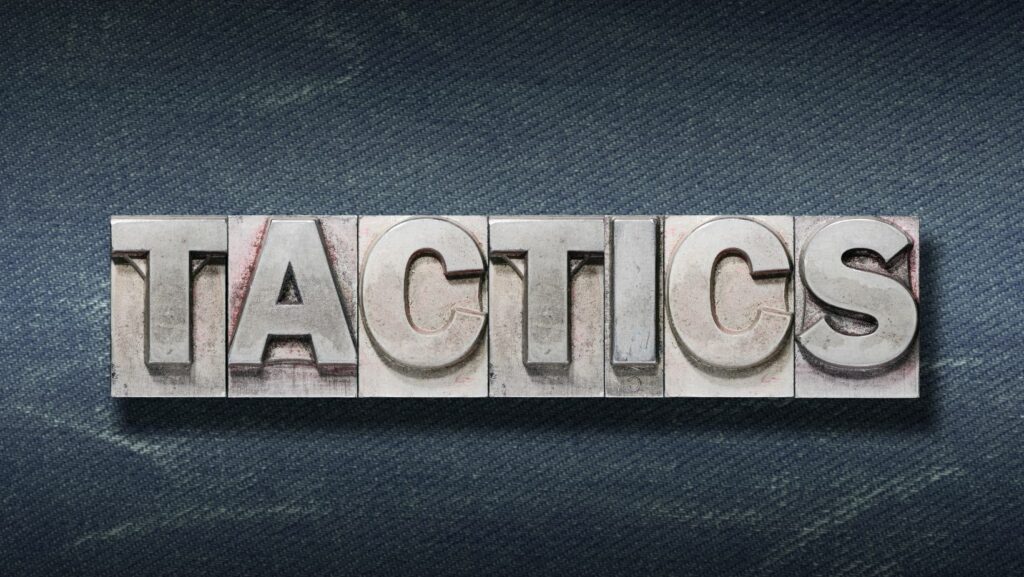In the high-stakes world of competitive sports, the right strategy can make all the difference. That’s where team tactics cards come into play. They’re not just pieces of cardboard. They’re a secret weapon, a game changer, a way to outsmart the competition before the whistle even blows.
These cards encapsulate years of wisdom, strategic insights, and tactical knowledge, distilled into an easily accessible format. Whether you’re a seasoned coach or a novice player, understanding the power of team tactics cards can give you a crucial edge.
Team Tactics Cards
What Are Team Tactics Cards?
 Team Tactics Cards encapsulate a treasure trove of cunning game strategies and tactics. They manifest as compact, visually appealing cards harboring profound insights into various game dynamics, be it basketball, football, or even esports. People may see these cards as mere accessories, but in reality, they’re powerful tools. Armed with a set of well-thought-out tactics cards, coaches can crack the game code for their team, enhancing overall gameplay. Similarly, players find the distilled wisdom in these cards invaluable, transforming their individual performance and reinforcing team synergy. The role of team tactics cards hence transcends the mere realm of collectables, embodying tangible resources in a player or coach’s arsenal.
Team Tactics Cards encapsulate a treasure trove of cunning game strategies and tactics. They manifest as compact, visually appealing cards harboring profound insights into various game dynamics, be it basketball, football, or even esports. People may see these cards as mere accessories, but in reality, they’re powerful tools. Armed with a set of well-thought-out tactics cards, coaches can crack the game code for their team, enhancing overall gameplay. Similarly, players find the distilled wisdom in these cards invaluable, transforming their individual performance and reinforcing team synergy. The role of team tactics cards hence transcends the mere realm of collectables, embodying tangible resources in a player or coach’s arsenal.
The Origin and Purpose of Team Tactics Cards
Team tactics cards trace their roots back to the early 20th century when analog versions started appearing in popular sports like football and baseball. Historical evidence pinpoints these stablemates of coaching manuals as an attempt to simplify complex game strategies, making them easily accessible and comprehensible. The objective was and remains clarity: these cards aim to bridge the gap between intricate game plans and their execution on the field. Translating elaborate formations, player movements and game theories into simple, concise visuals, they serve to enhance understanding, encourage quicker decision-making, and ultimately, lead to improved performance. As sport became more competitive and complex, the demand for these tactical typographies surged, reaffirming their significance in the world of sports. Today, they’re an integral part of any team, materially contributing to the strategic arsenal and success of the modern sportsperson.
How Team Tactics Cards Enhance Team Performance
Improving Communication and Collaboration
 Team tactics cards play a pivotal role in fostering superior coordination among team members. Specifically, these cards function as a common language, simplifying complex game plans into comprehensible strategies. Team members, for instance, leverage tactics cards to visually interpret and quickly grasp distinct game strategies. The cards, therefore, serve as a tangible platform for sharing ideas, encouraging players to communicate more effectively.
Team tactics cards play a pivotal role in fostering superior coordination among team members. Specifically, these cards function as a common language, simplifying complex game plans into comprehensible strategies. Team members, for instance, leverage tactics cards to visually interpret and quickly grasp distinct game strategies. The cards, therefore, serve as a tangible platform for sharing ideas, encouraging players to communicate more effectively.
Moreover, team tactics cards empower collaboration by assigning clear roles and responsibilities. Players study the tactics cards to understand their specific roles within the team, a practice enhancing team cohesion. Consequently, the enhanced role clarity reduces confusion and fosters better teamwork.
Strategies for Conflict Resolution
Apart from fostering communication, team tactics cards also provide solid conflict resolution strategies. Inevitably, in any sports team, disagreements arise. It’s here that team tactics cards become invaluable. They provide an unbiased medium for settling disputes, particularly those related to gameplay decisions.
By referring to the pre-determined strategies in the tactics cards, teams avoid subjective judgement, curbing potential conflicts. For instance, teams can resolve disagreements about gameplays by aligning their decisions with the strategies laid out on the cards.
Types of Team Tactics Cards
Cards for Brainstorming and Idea Generation
 Brainstorming and idea generation cards instigate a team’s creativity, encouraging collaborative thinking. With a purpose to stimulate imagination, these cards contain prompts or questions that spark discussion, generate ideas, and promote creativity within a team. For instance, a card might pose a question like, “How can we improve our product’s user experience?”
Brainstorming and idea generation cards instigate a team’s creativity, encouraging collaborative thinking. With a purpose to stimulate imagination, these cards contain prompts or questions that spark discussion, generate ideas, and promote creativity within a team. For instance, a card might pose a question like, “How can we improve our product’s user experience?”
Cards Focused on Problem Solving
Problem-solving cards, on the other hand, concentrate on mastering the cause-effect relationship. They provide structured frameworks for teams to navigate through issues, work towards definitive solutions, and improve decision-making capacities. Each card outlines a problem scenario, tips for resolution, or a set of instructions guiding the team towards a solution pathway. For example, cards might present a challenge like “Underperforming marketing strategies”, then offer ways to analyze and tackle it.

